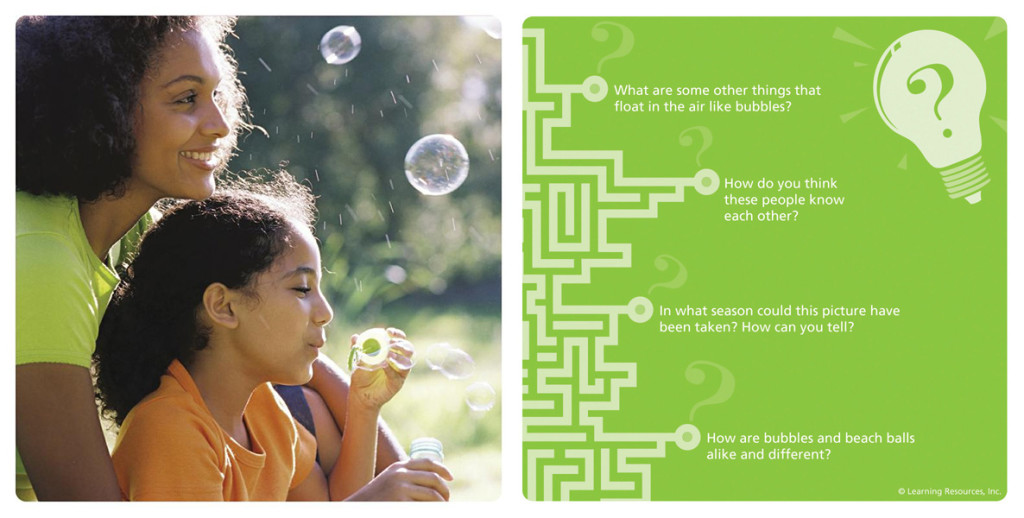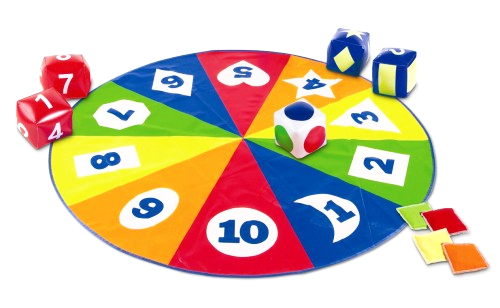Taking any long trip when you have a child with autism can be daunting, especially when it involves long periods of time in the car or on an airplane. Below are a few tips for reducing stress during travel time.
- Create a visual or textual schedule for your child. Because trips don’t always go as planned (e.g. planes are delayed, you get caught in traffic), it’s probably not a good idea to list specific times that activities will be occurring. But it is helpful to show the order in which they will be happening.
- Prepare your child for potential problems. If possible, talk about coping methods ahead of time and practice them if possible. What can you do if you’re stuck in traffic that isn’t moving? What are your choices if we experience turbulence on the plane?
- Provide information for your child. Show photos, books, maps, etc. of the locations you’ll be traveling to. You can also read books or show photos of activities you’ll be participating in, such as swimming or skiing.
- If possible, pack more than one activity bag. Bags filled with a few favorite activites or small toys can be useful for keeping kids entertained on trips. For long trips, your child may get bored with items in an activity bag. It’s useful to keep a second one stashed in a suitcase or other bag if you’ll be on a very long flight or car ride. It can also be useful to have a separate activity bag for the return trip if you know your child may lose interest in the first one.
- Provide options when possible. Access to choices can go a long way in keeping kids calm. Choices can include what videos to watch, snacks to eat, etc.
- Check in advance with guest services at hotels, resorts, or theme parks. Ask what modifications and accessibility options they may offer. Many places offer special accommodations and are open to any unique requests you may have.
- Prepare in advance for any sensory concerns. Bring noise-cancelling headphones, ear plugs, fidgets, etc. to have available, as needed.
Remember that long trips are difficult for all children, and many of the tips listed above are beneficial for siblings who do not have special needs.













